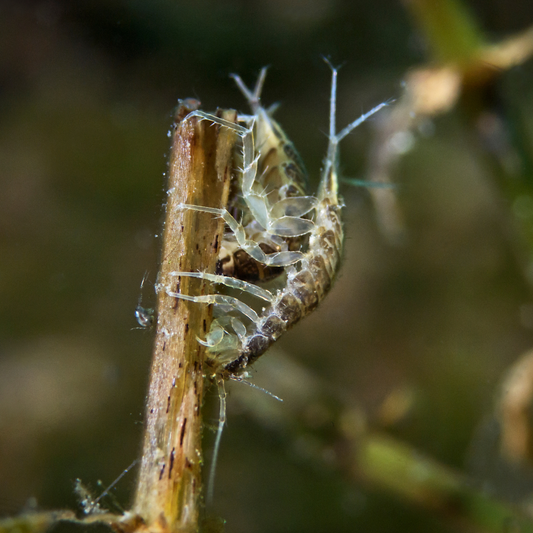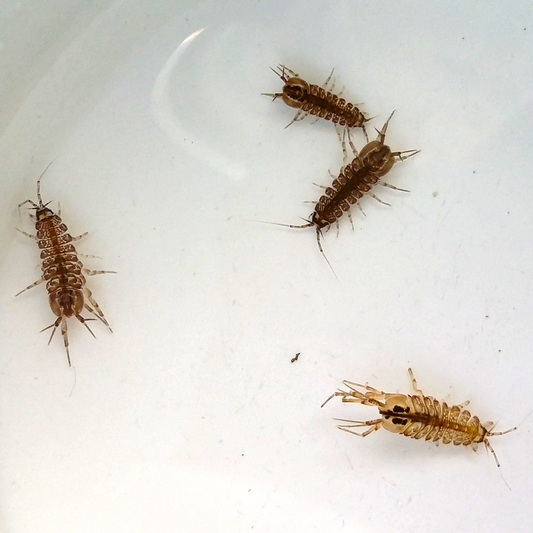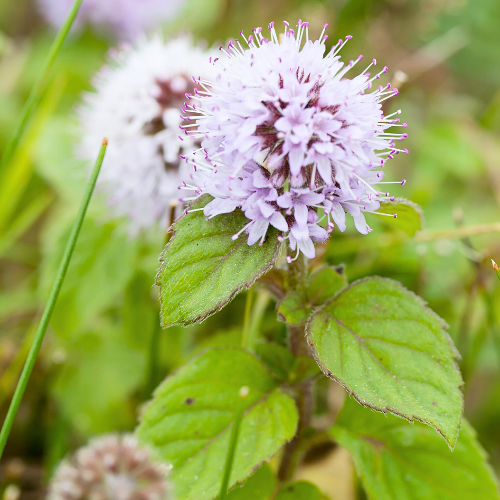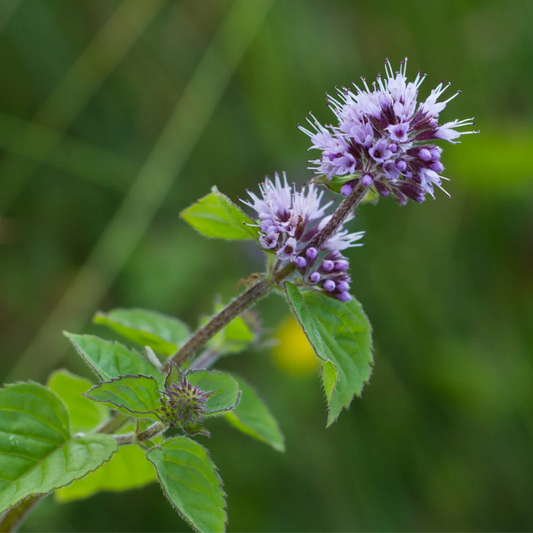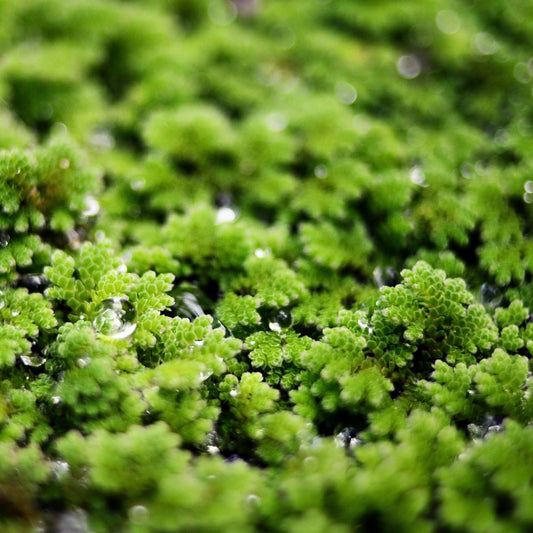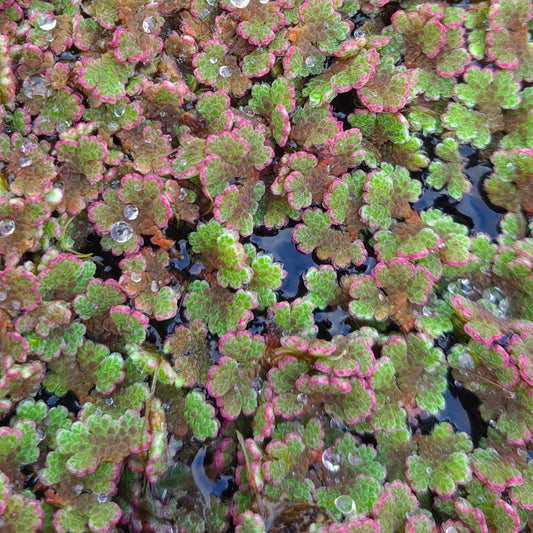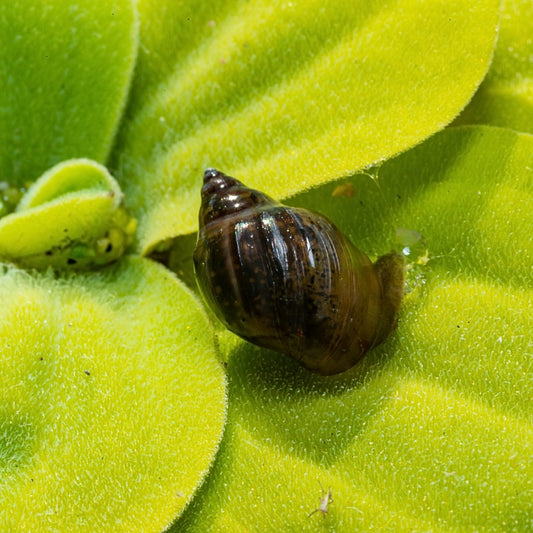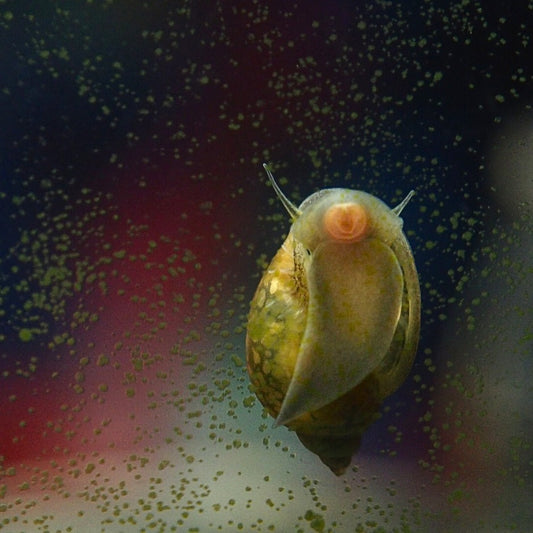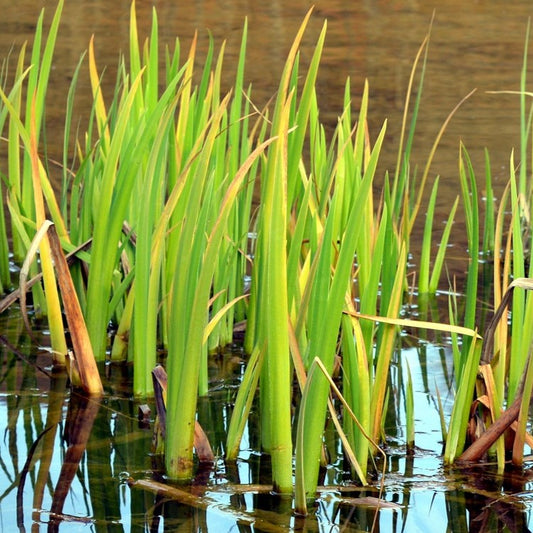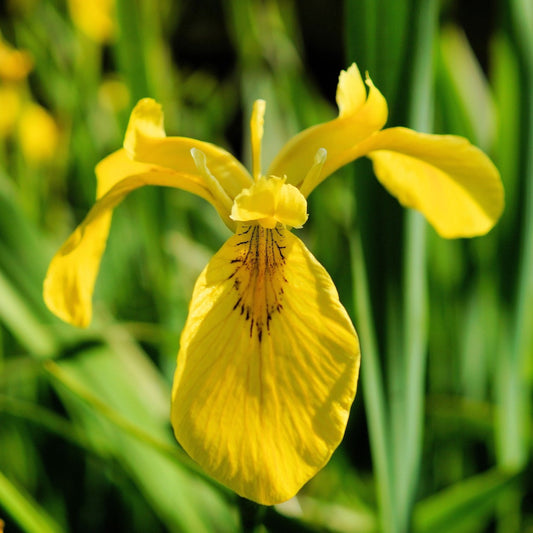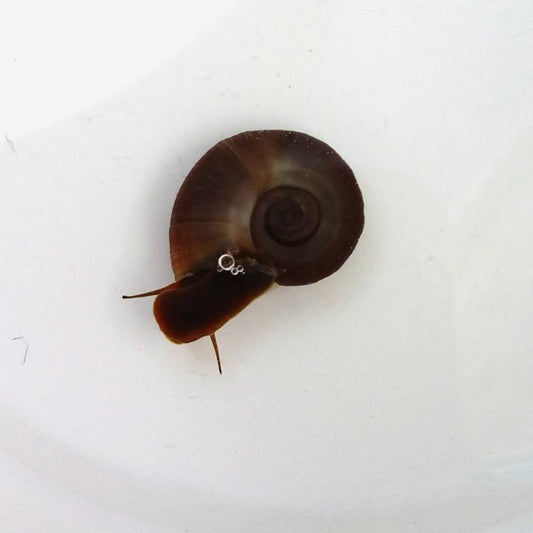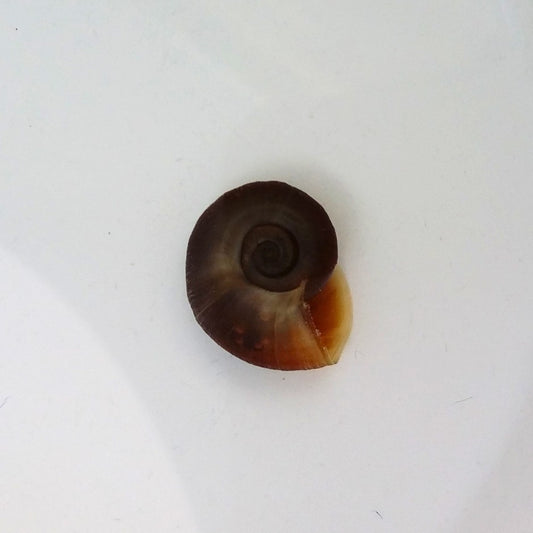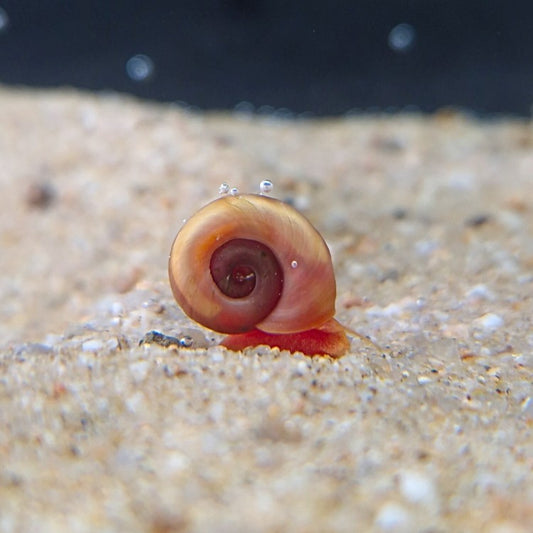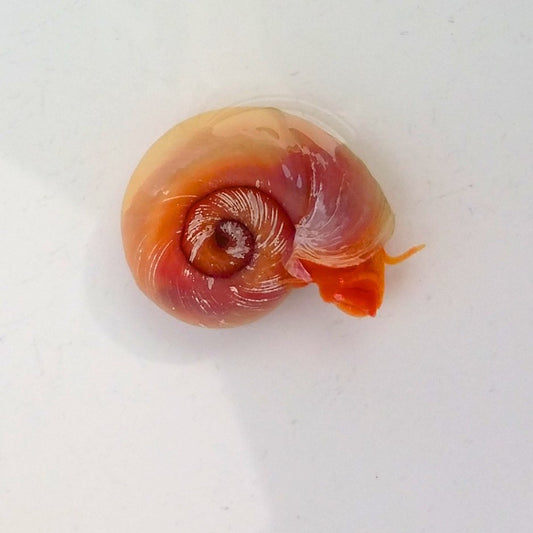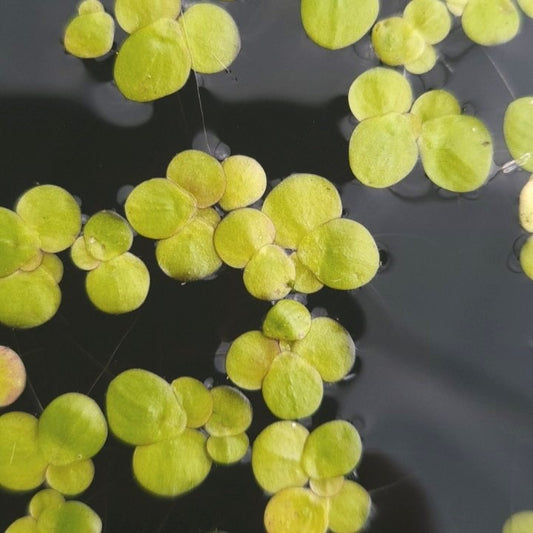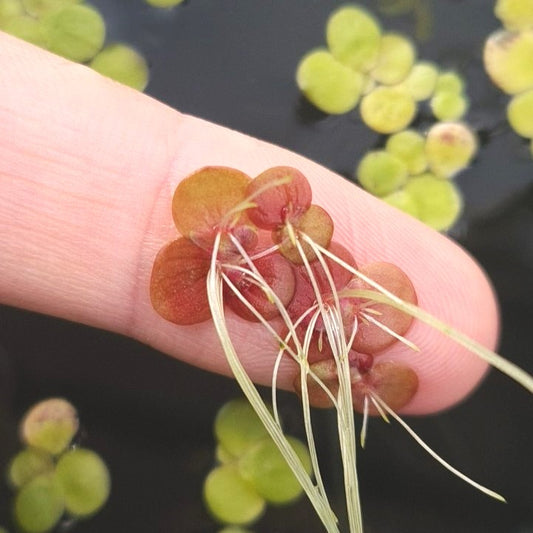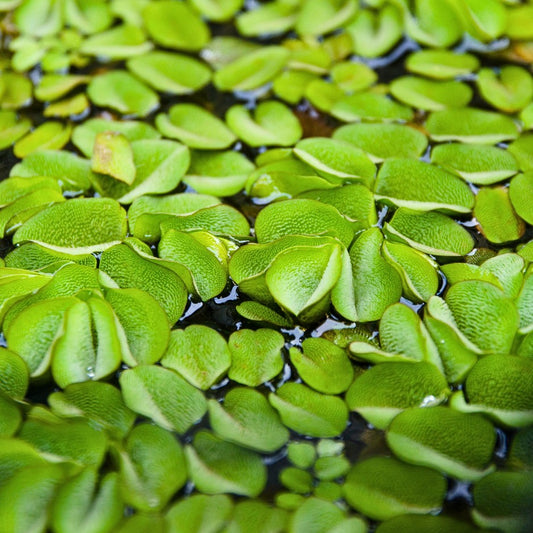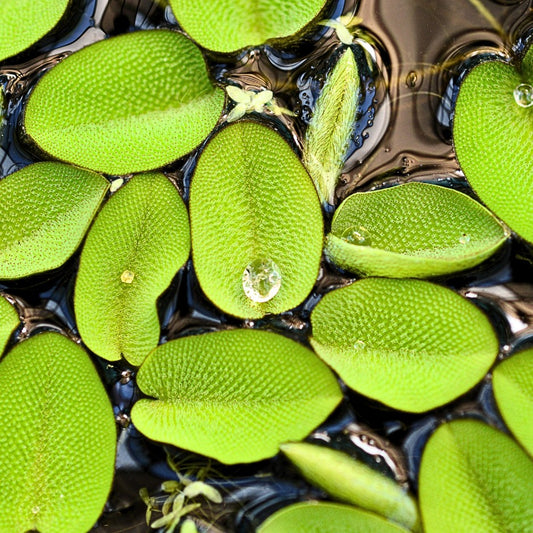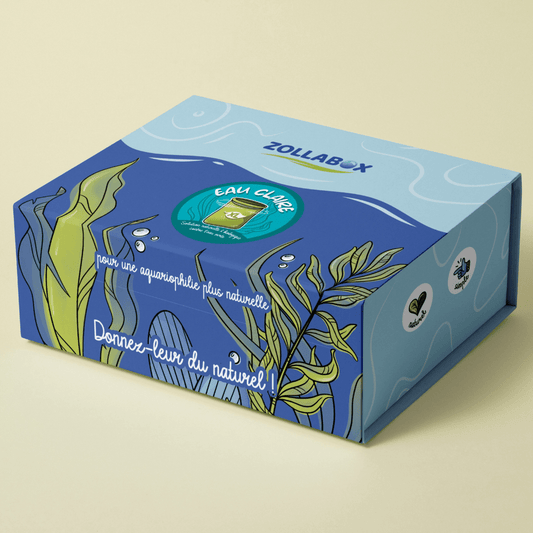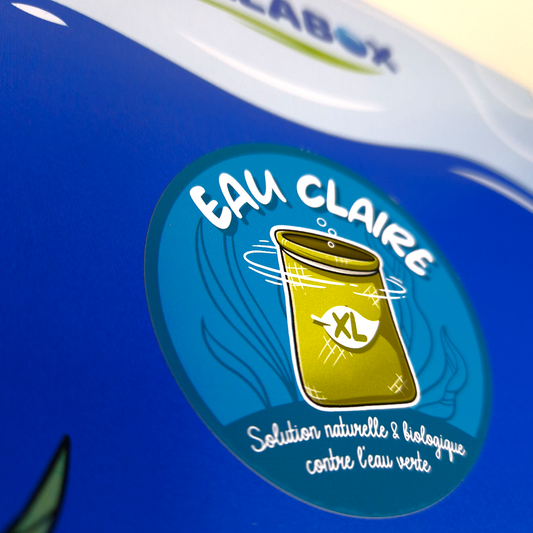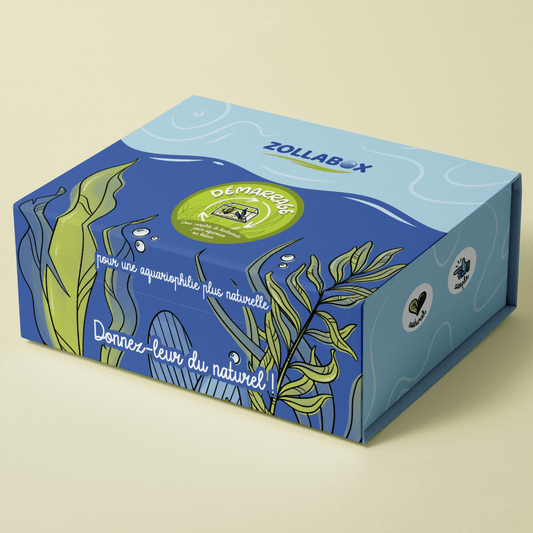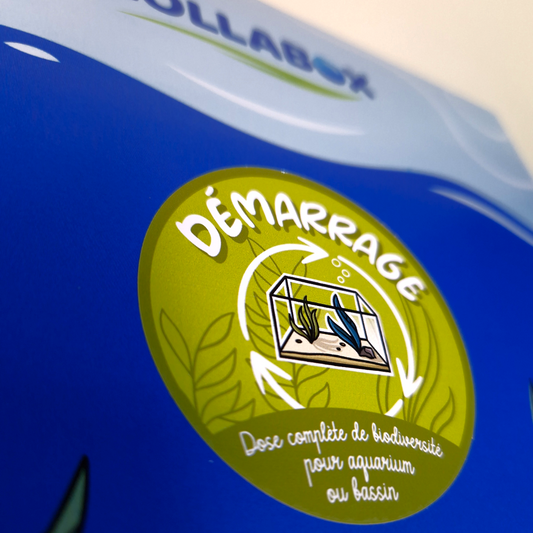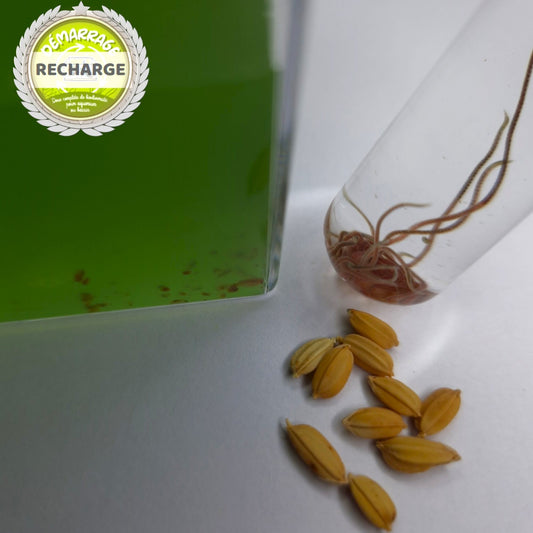Give life to my basin
-
Water lice
Usual price €7.99 EURUsual priceUnit price / by -
Water mint
Usual price €5.99 EURUsual priceUnit price / by -
Bladder snails
Usual price of the €1.99 EURUsual priceUnit price / by -
Sumpf-Schwertlilie
Usual price €7.99 EURUsual priceUnit price / by -
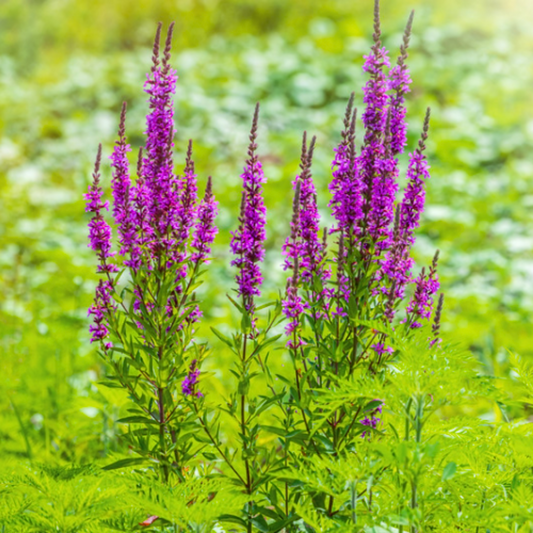
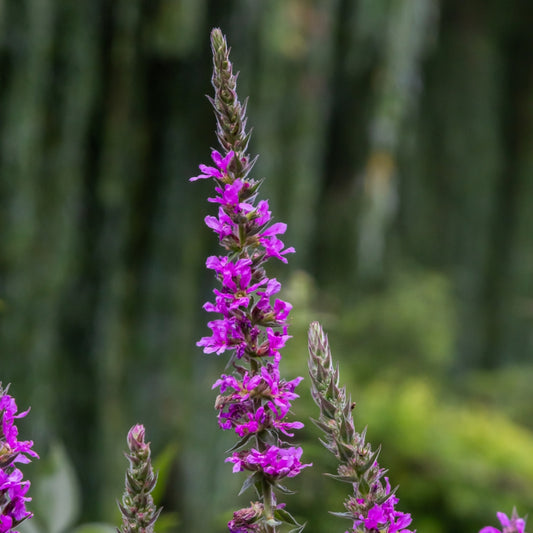 Exhausted
ExhaustedPurple loosestrife
Usual price €4.99 EURUsual priceUnit price / by -
brown Ramshorn snail
Usual price of the €1.90 EURUsual priceUnit price / by -
Alder cones
Usual price of the €4.99 EURUsual priceUnit price / by -
Ramshorn snail rose
Usual price of the €2.99 EURUsual priceUnit price / by -
Great water lens
Usual price of the €4.99 EURUsual priceUnit price / by -
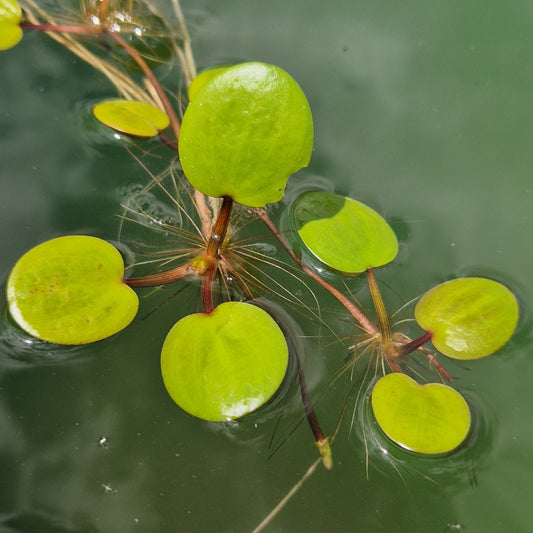
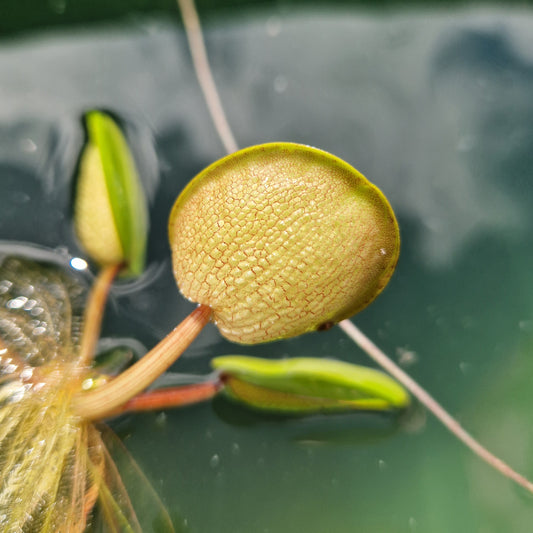 Promotion
PromotionFloating frogbit
Usual price of the €3.19 EURUsual priceUnit price / by€3.99 EURPromotional price of the €3.19 EURPromotion -
Salvinia swimming
Usual price of the €4.99 EURUsual priceUnit price / by -
ZollaBox Eau Claire XL
Usual price €34.90 EURUsual priceUnit price / by -
ZollaBox Getting Started
Usual price €27.90 EURUsual priceUnit price / by -
Recharge ZollaBox Start
Usual price €22.90 EURUsual priceUnit price / by -
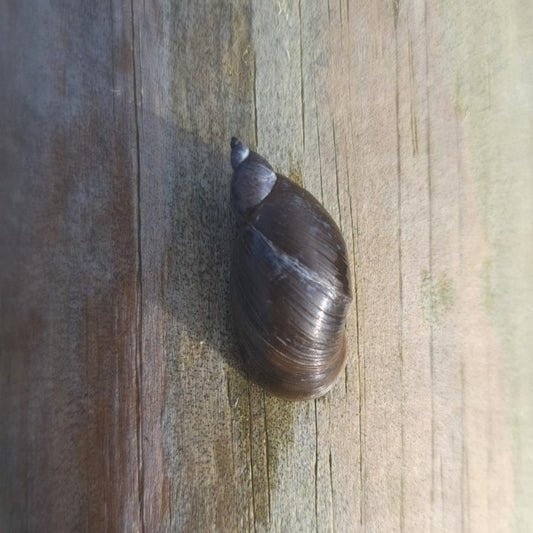
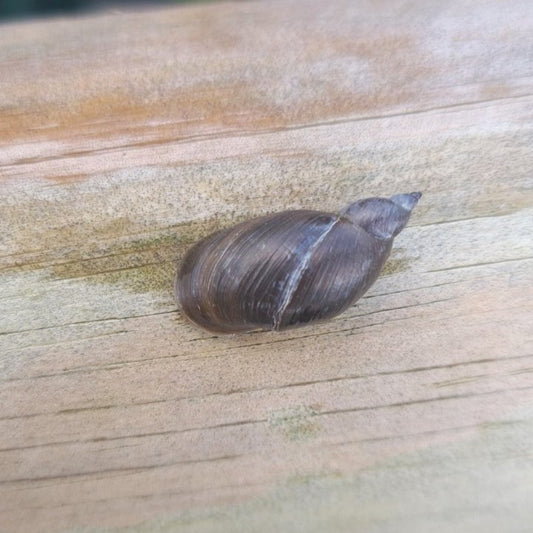 Exhausted
ExhaustedGreat pond snail
Usual price of the €2.99 EURUsual priceUnit price / by
Collection: Give life to my basin
Having a garden pond in full health by restoring natural cycles, simply by introducing the biodiversity it lacked.
The ponds in our gardens generally have an incomplete biological cycle due to a lack of biodiversity. Technology awkwardly tries to compensate for this lack, but it remains necessarily much more imperfect than a complete natural cycle.
"Between the sediment at the bottom and the fish that live in our ponds, the biological cycle is often interrupted, or even non-existent."

In nature, every dead leaf is broken down by bacteria and fungi, then consumed by water lice, ostracods, worms, or amphipods, whose droppings will then allow unicellular algae to develop, which will feed daphnia or other aquatic crustaceans. And all these little creatures are the natural food for your fish.
In nature, no one comes to distribute industrial extruded tablets to fish!
A living pond, as long as it is not excessively populated, must therefore be able to host a thriving biodiversity. This biodiversity is the condition for the resilience of any natural environment, aquatic or not. Its absence is the cause of extreme phenomena such as green water, uncontrolled proliferation of a single species (algae for example), or the deadly eutrophication of the environment ("stagnant" water).
Properly managing a decorative water feature therefore starts with introducing as many animal and plant species as possible to ensure a complete natural cycle, which guarantees a balance of all biological phenomena... and thus your peace of mind.
We offer, in addition to the ZollaBox Démarrage (microbial biodiversity) and Eau claire XL (to limit green water), a number of ideal plants for our climates (water mint, purple loosestrife, marsh iris, water lentil...), but also detritivorous invertebrates that ensure the natural recycling of waste and algae, such as the famous water lice, and various snails like the friendly bladder snail or the famous ramshorn snail.
The key word must be: more life, more diversity, for a more resilient basin.
-

Sécurité des envois
Vos articles vivants sont expédiés du lundi au mercredi midi pour éviter tout blocage le week-end.
L'acheminement s'effectue dans un délai indicatif de 48H.
Pour la France, un mode de livraison Express est disponible pour un envoi jusqu'au jeudi midi. -
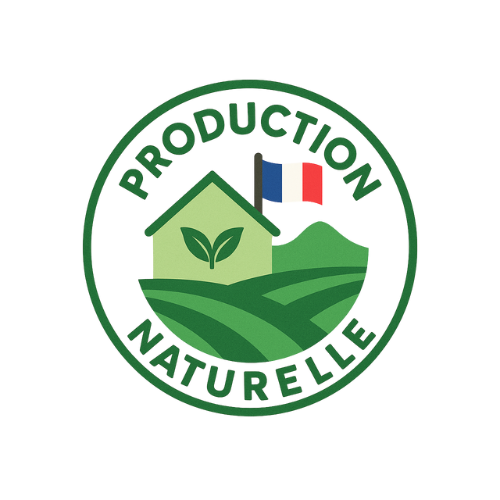
Producteur 100% français
Nous sommes producteurs et éleveurs de plantes et d’invertébrés
aquatiques, dont nous sélectionnons et testons nous-mêmes les
espèces les mieux adaptées à l’aquariophilie naturelle ou low-tech.
Nous les conditionnons à la main pour chaque commande juste avant son envoi : la fraîcheur est donc maximale. -

À votre service
Pas de robots chez Aquazolla !
Nous répondons à vos questions par mail et nous efforçons de nous adapter à vos besoins particuliers : congés, dates d'envoi, conseils, etc.
